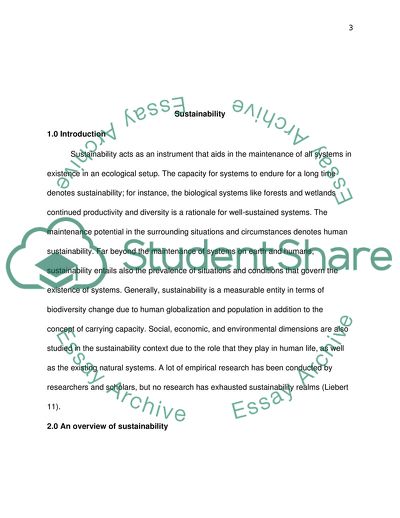Cite this document
(Principles and Concepts of Sustainability Literature review Example | Topics and Well Written Essays - 1500 words - 2, n.d.)
Principles and Concepts of Sustainability Literature review Example | Topics and Well Written Essays - 1500 words - 2. https://studentshare.org/environmental-studies/1751246-sustainability
Principles and Concepts of Sustainability Literature review Example | Topics and Well Written Essays - 1500 words - 2. https://studentshare.org/environmental-studies/1751246-sustainability
(Principles and Concepts of Sustainability Literature Review Example | Topics and Well Written Essays - 1500 Words - 2)
Principles and Concepts of Sustainability Literature Review Example | Topics and Well Written Essays - 1500 Words - 2. https://studentshare.org/environmental-studies/1751246-sustainability.
Principles and Concepts of Sustainability Literature Review Example | Topics and Well Written Essays - 1500 Words - 2. https://studentshare.org/environmental-studies/1751246-sustainability.
“Principles and Concepts of Sustainability Literature Review Example | Topics and Well Written Essays - 1500 Words - 2”. https://studentshare.org/environmental-studies/1751246-sustainability.


